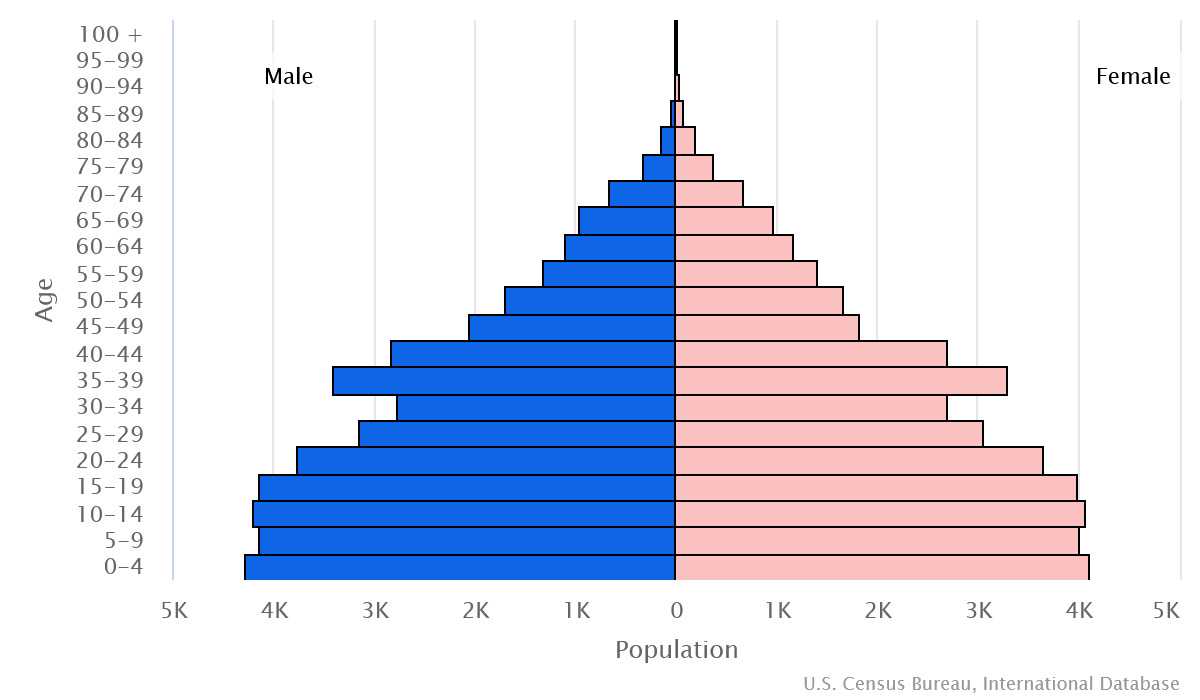Introduction
Background
Geography
Area
Climate
Natural resources
People and Society
Population
Ethnic groups
Languages
Religions
Population growth rate
Government
Government type
Capital
Executive branch
Diplomatic representation in the US
Diplomatic representation from the US
Economy
Economic overview
Real GDP (purchasing power parity)
Real GDP per capita
Exports
Exports - partners
Exports - commodities
Imports
Imports - partners
Imports - commodities
Page last updated: Wednesday, April 09, 2025





